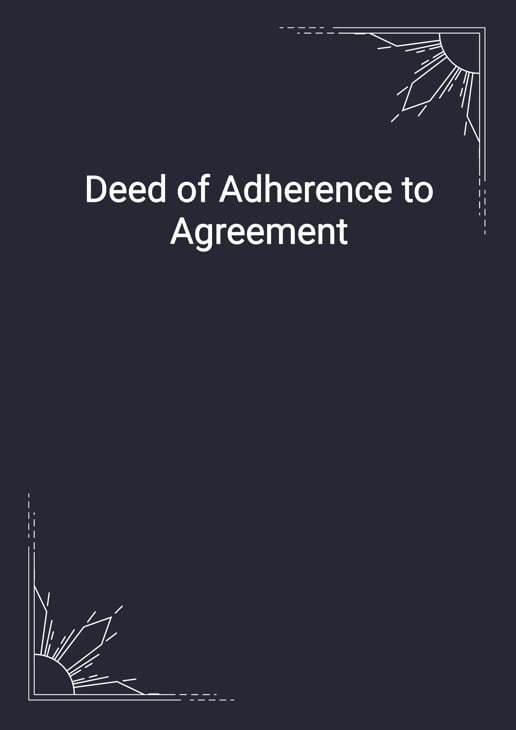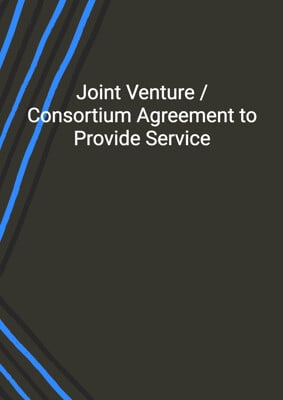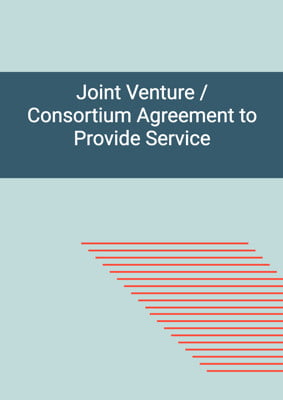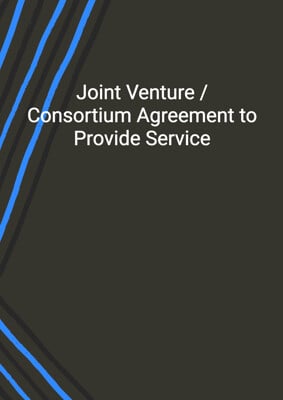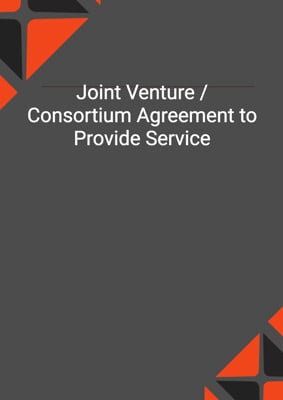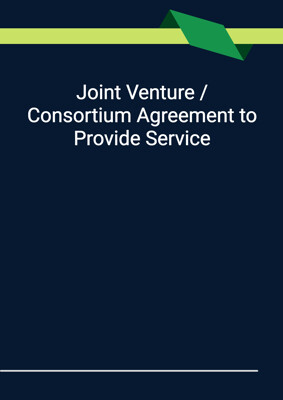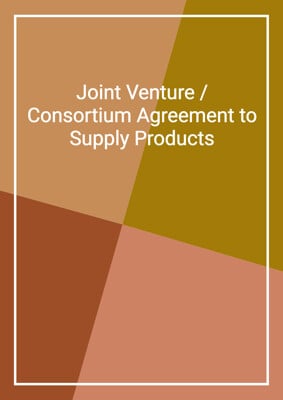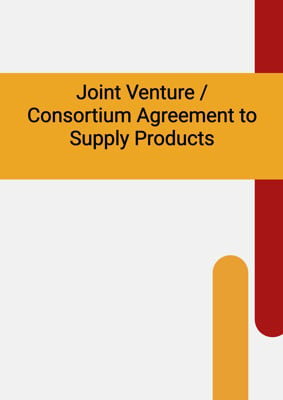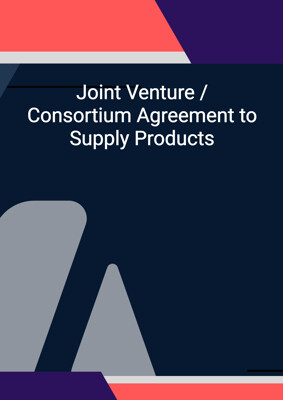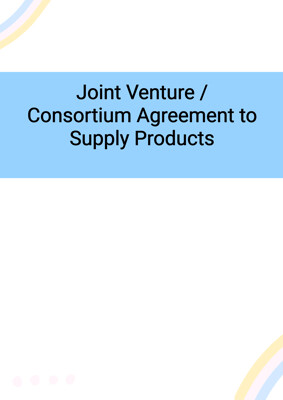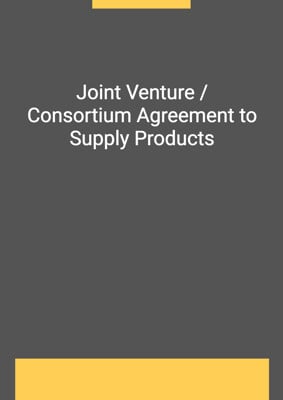How to Tailor the Document for Your Need?
01
Create Document
Fill in the details of the parties. You can click the "Fill with Member’s Information" button to complete it with information saved to your account.
02
Fill Information
Please fill in any additional information by following the step-by-step guide on the left hand side of the preview document and click the "Next" button.
03
Get Document
When you are done, click the "Get Document" button and you can download the document in Word or PDF format.
04
Review Document
The document should be signed by the authorised signatory (or directors of a company) and witnessed to complete the formality.
Document Preview
Document Description
The Deed of Adherence to Agreement is a legal document that is entered into by the joiner and other parties to adhere to and comply with an existing agreement. This document is important as it ensures that the joiner is bound by the terms and conditions of the agreement and assumes the benefits of the agreement as if they had executed it and were named as a party.
The document begins with an interpretation section, stating that words and expressions defined in the agreement have the same meanings when used in this deed. This ensures consistency and clarity in the understanding of the document.
The adherence section (Section 2) is the core of the document, where the joiner undertakes to be bound by and comply with the agreement. This section also mentions that other parties who may adhere to the agreement in the future will also be bound by its terms.
Section 3 deals with representations and warranties. The joiner represents, warrants, and undertakes to the company and other shareholders that they will fulfill the terms set out in the agreement. These representations, warranties, and undertakings are deemed to be given on the date of this deed.
The document also includes a section on notices, where the joiner's address for receiving notices is specified. This ensures effective communication between the parties.
The governing law and dispute resolution section (Section 5) states that the deed shall be governed by and construed in accordance with the laws of the agreement. The dispute resolution provisions of the agreement will also apply to this deed, ensuring a clear process for resolving any disputes.
Lastly, the document clarifies that third parties who are not parties to this deed have no rights to enforce any term of the deed. The consent of non-parties is not required to rescind or vary a provision of the deed or any right created under it.
In conclusion, the Deed of Adherence to Agreement is a crucial document that ensures the joiner's compliance with an existing agreement and provides clarity on their rights and obligations. It covers various aspects such as interpretation, adherence, representations and warranties, notices, governing law and dispute resolution, and third-party rights.
How to use this document?
1. Understand the purpose: Familiarize yourself with the existing agreement that governs the affairs of the company.
2. Determine the type of shares: Identify whether the joiner is transferring existing shares or receiving an allotment of shares.
3. Comply with the terms: Ensure that the joiner agrees to be bound by and comply with all aspects of the agreement, assuming the benefits as if they had executed it.
4. Make representations and warranties: The joiner must make representations, warranties, and undertakings in accordance with the terms set out in the agreement.
5. Provide contact information: Specify the joiner's address for receiving notices, including the party name, address, email, and contact person.
6. Understand the governing law and dispute resolution: Be aware that the deed will be governed by the laws of the agreement and that the dispute resolution provisions of the agreement will apply.
7. Clarify third-party rights: Note that third parties who are not parties to the deed have no rights to enforce its terms, and their consent is not required for any changes or rescission.
8. Execute the document: Sign, seal, and deliver the document as a deed, ensuring that it is properly executed and dated.
9. Maintain a copy: Keep a copy of the executed deed for future reference and record-keeping purposes.
10. Seek legal advice if needed: If there are any uncertainties or complexities regarding the adherence to the agreement, consider consulting with a legal professional for guidance and clarification.
